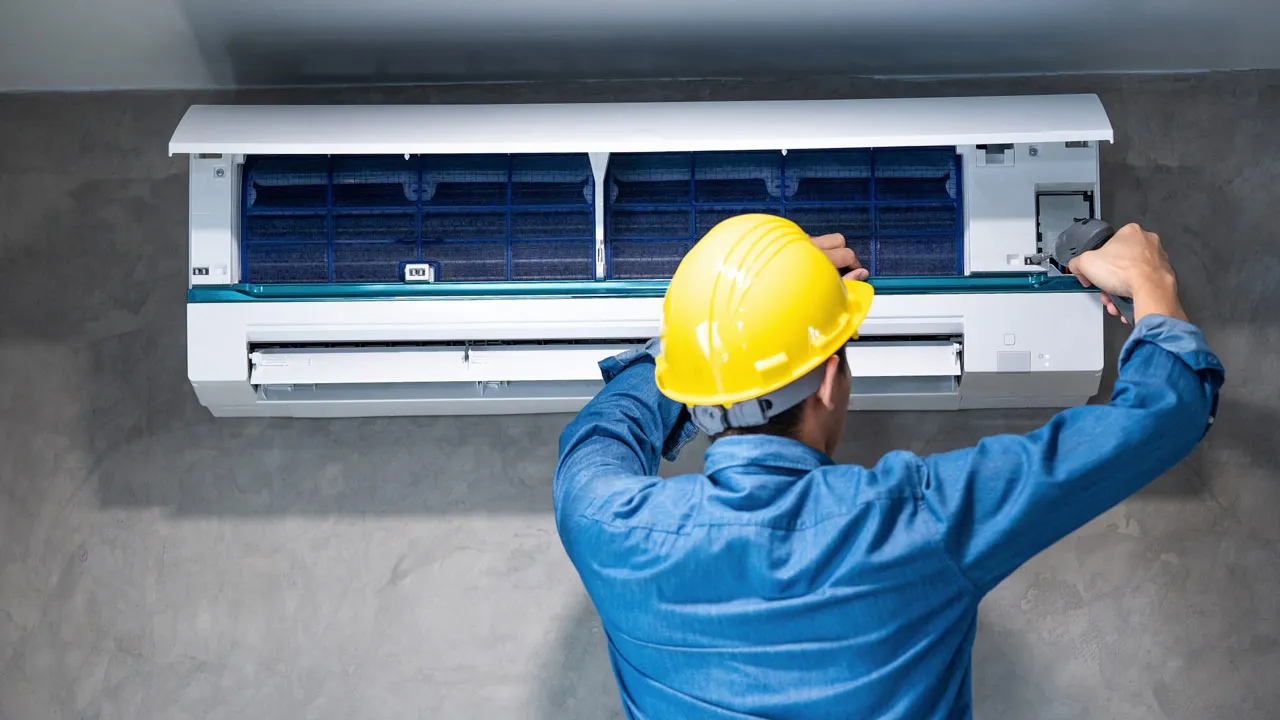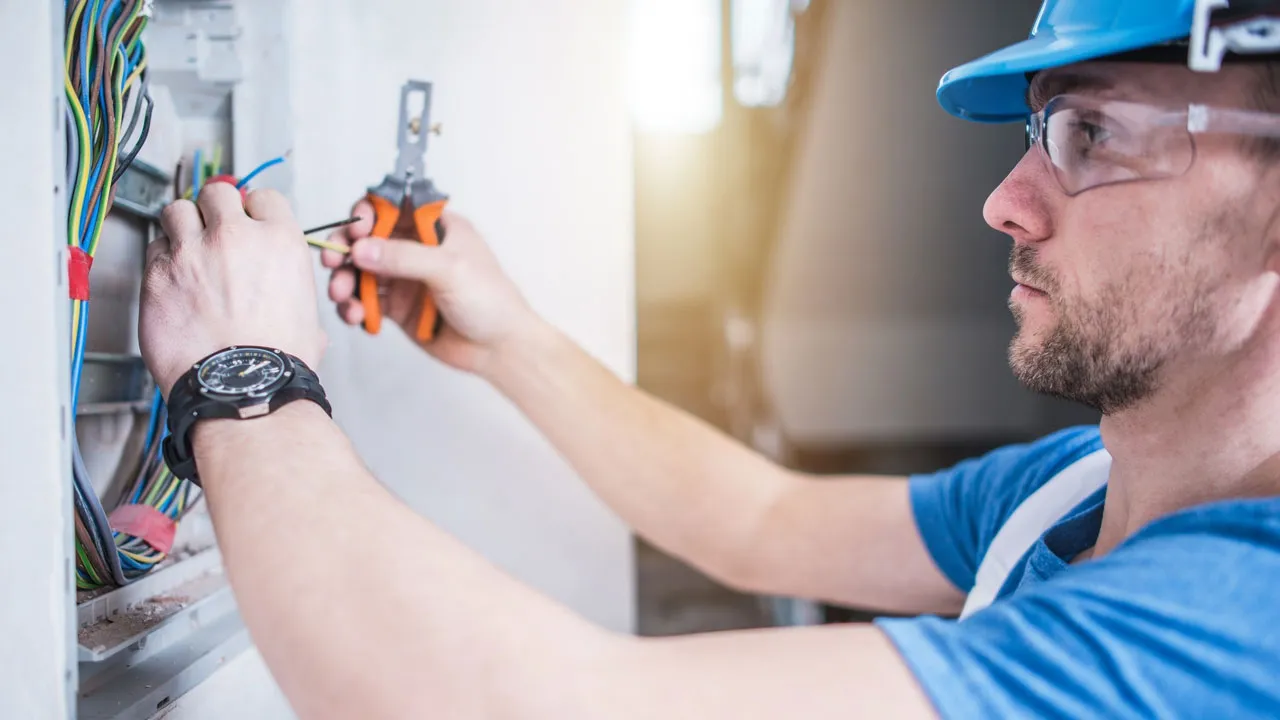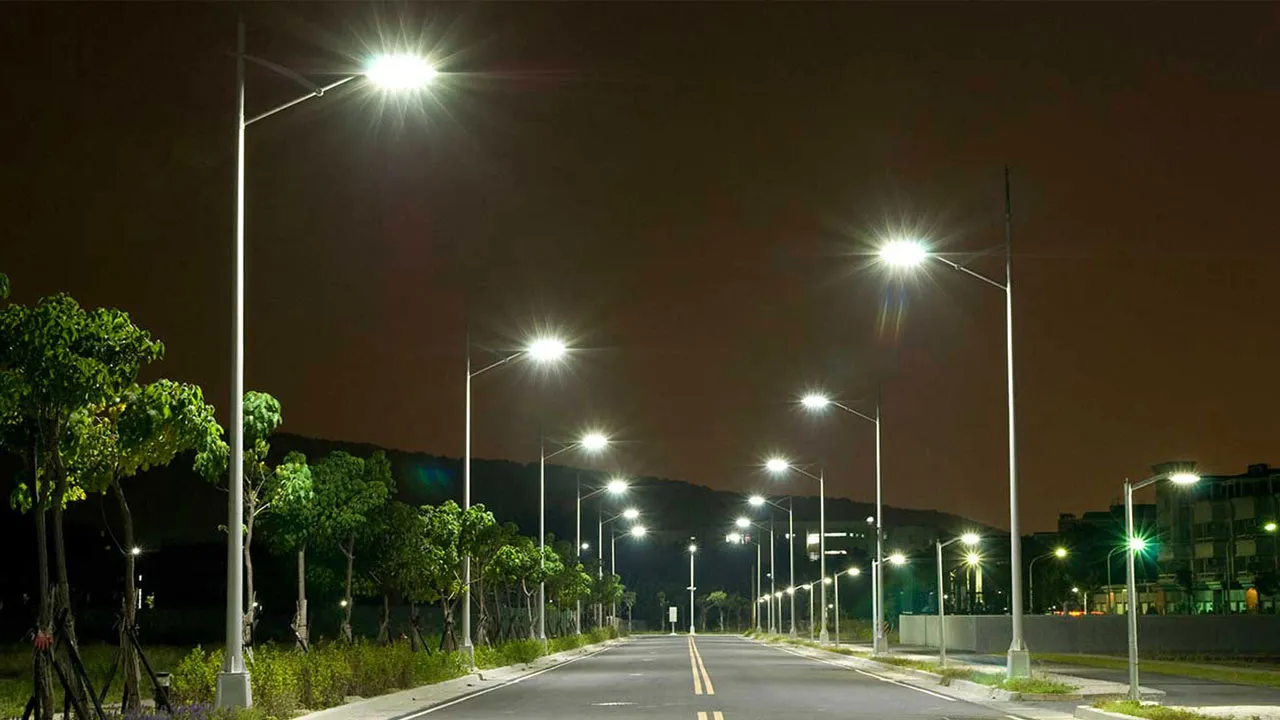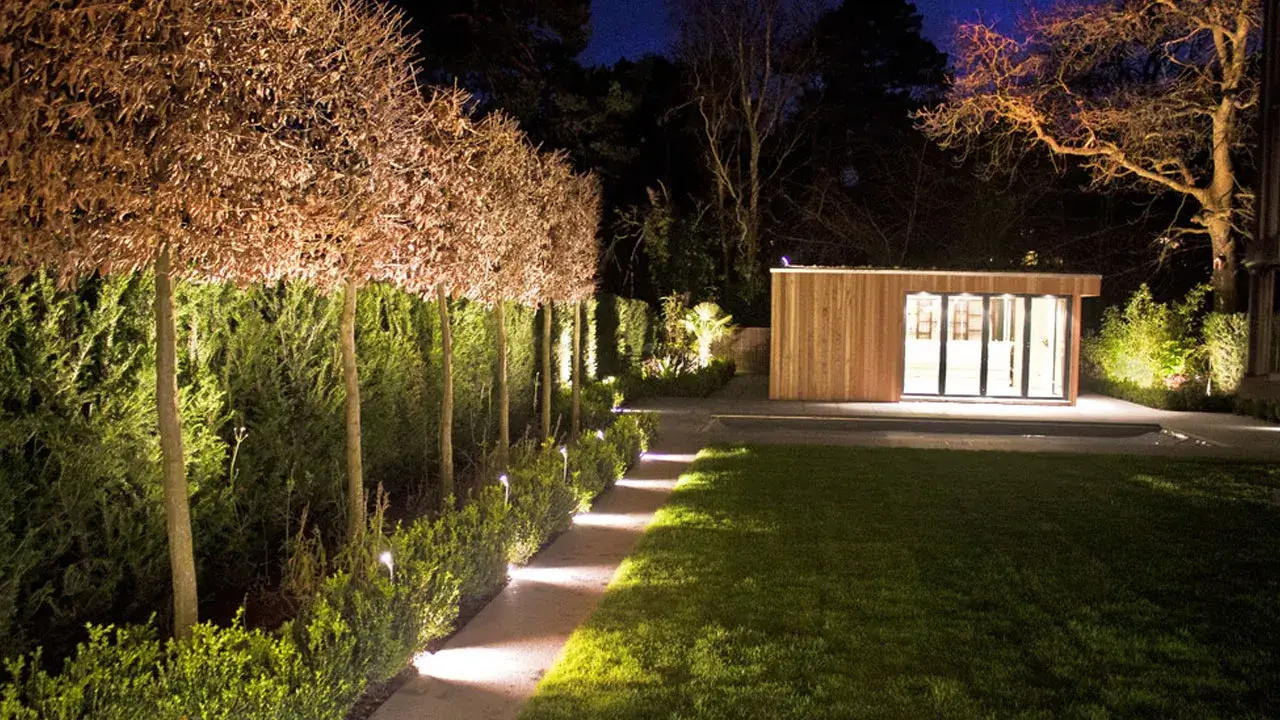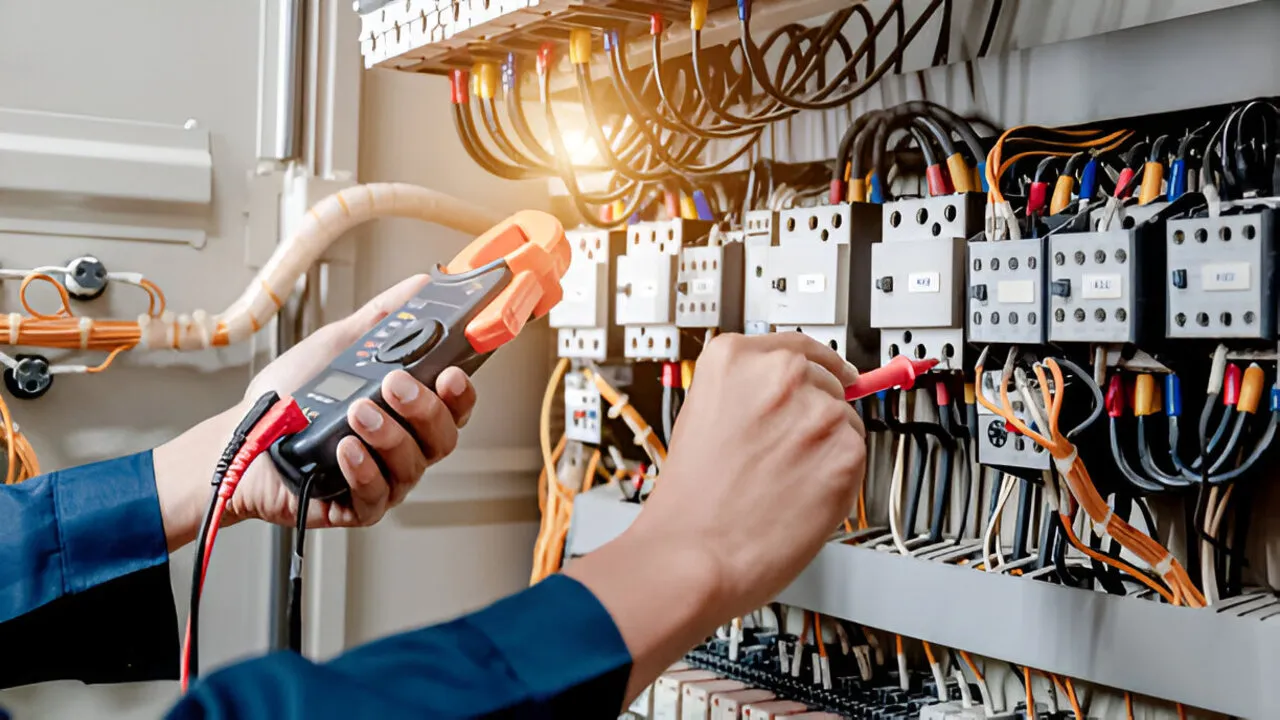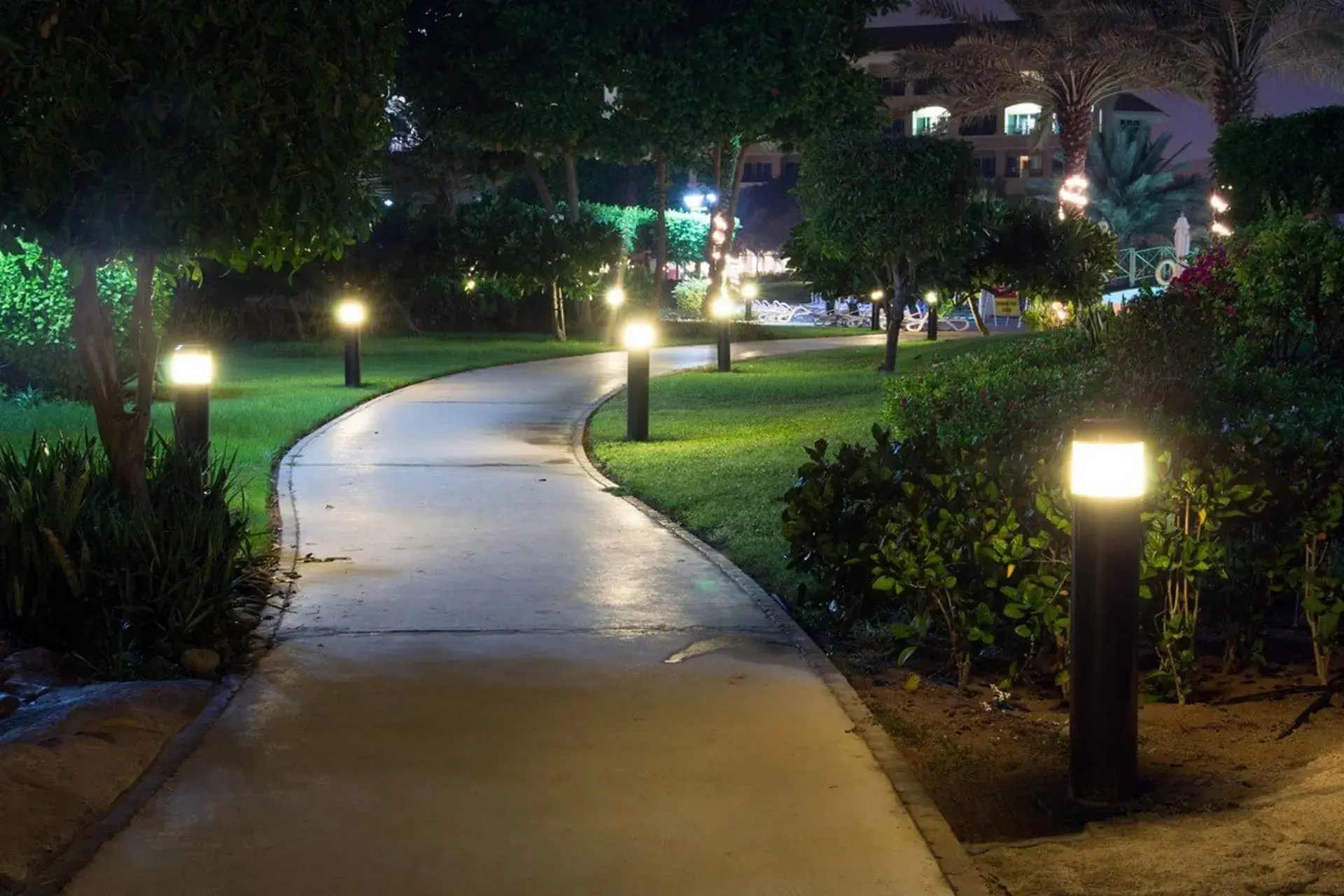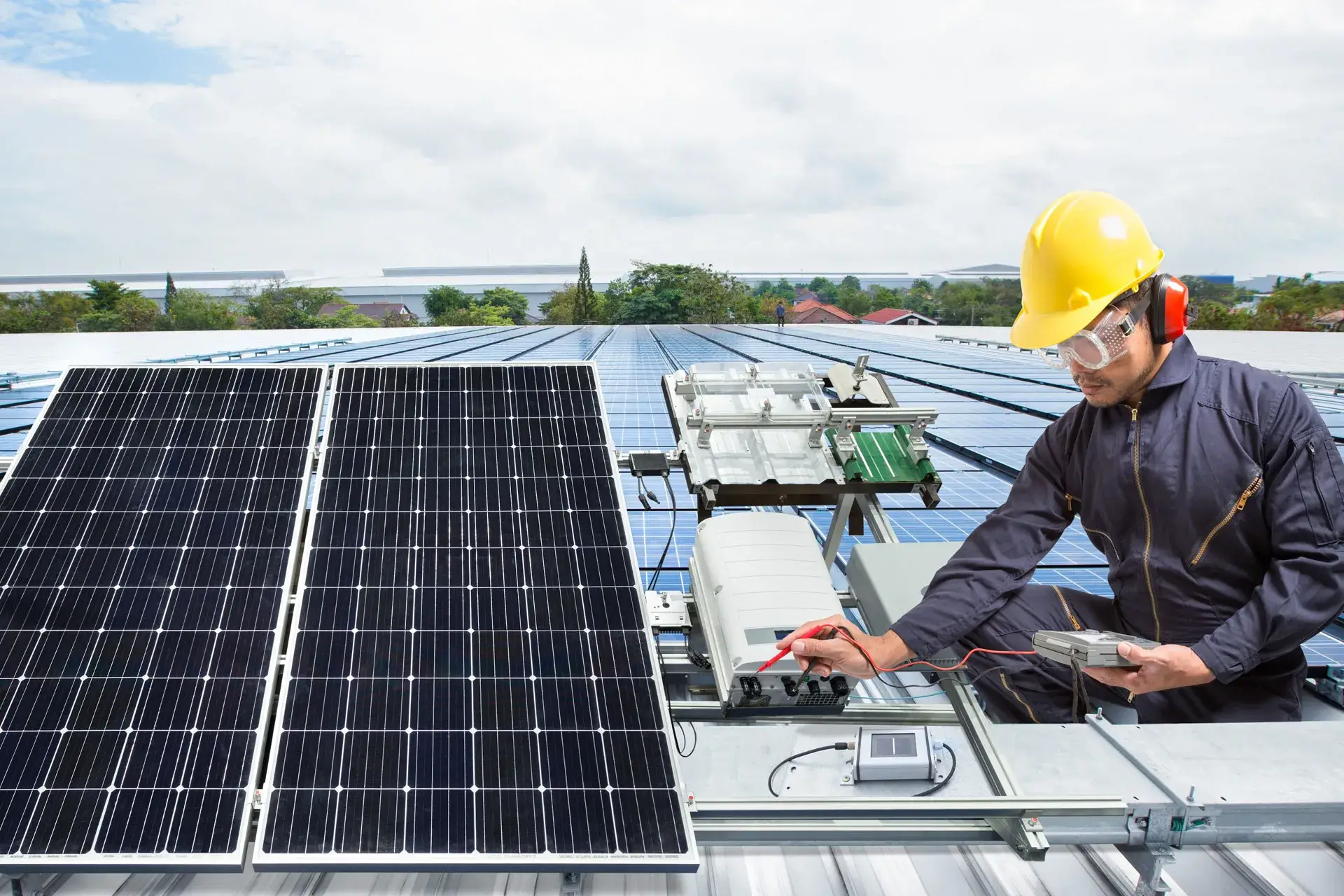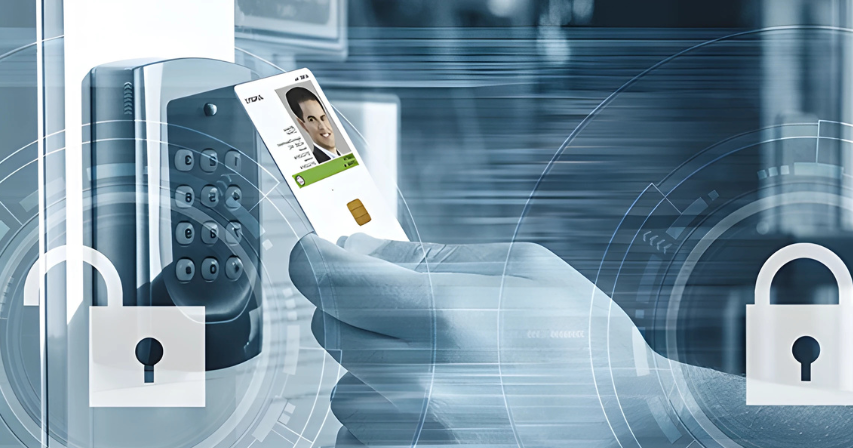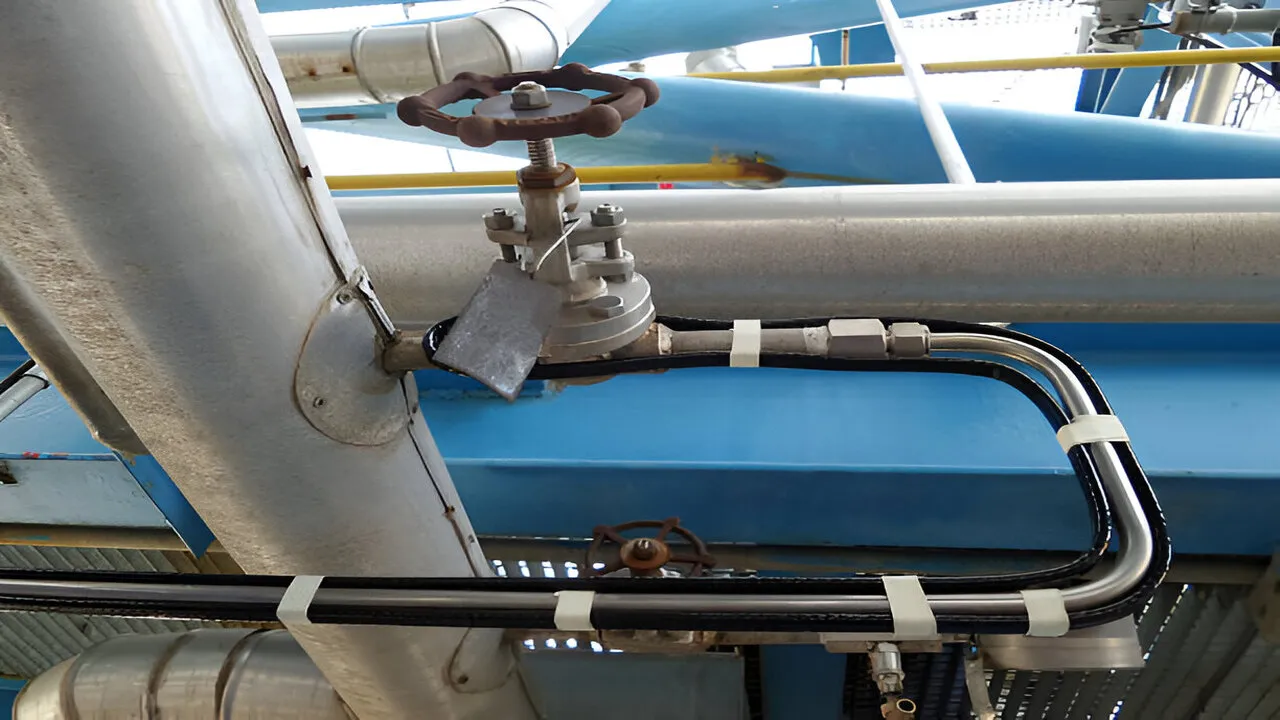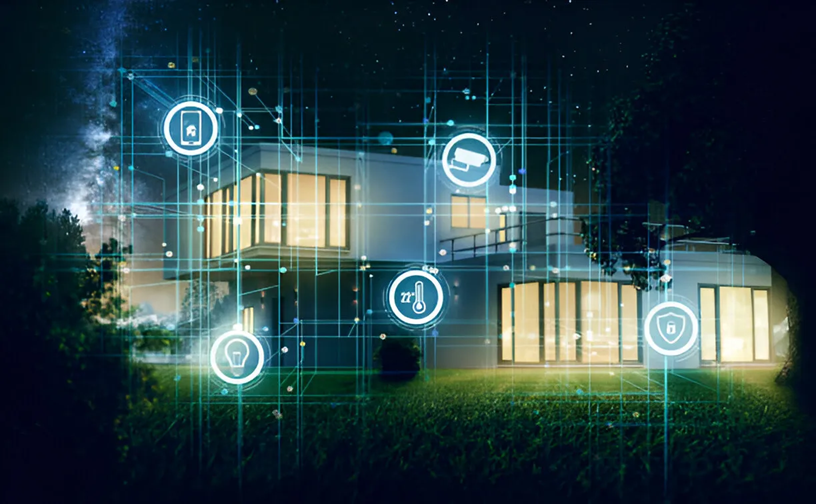
It doesn’t take a huge budget to transform your living space into a smart home. In 2024, the figure was over 295 million households globally that were using at least one connected device, pushing the global smart home market over $125 billion. Along with that surge, 35% of U.S. households now own a smart speaker or thermostat. What’s special about having a smart thermostat in Home Automation Services is that it reduces HVAC spending by as much as 12% each year. Besides, substituting standard LEDs with color-tunable smart bulbs can cut lighting costs by 75%.
The entry-level devices are below $20. Thus, a combo of devices is more cost-effective than total system replacement. A voice assistant generally gets along with most brands. So, you can control lights, locks, sprinklers, etc., all from one app. This guide gives you 11 compelling reasons to go smart, the essential resources you need, and 10 easy steps to take for free.
11 Reasons to Automate Your Home
Save on energy bills
Boost home security
Control devices remotely
Set custom schedules
Enjoy hands-free convenience
Monitor usage trends
Receive instant alerts
Integrate voice control
Enhance property value
Reduce carbon footprint
Impress guests
Key Tools to Get Started
Smart bulbs (tunable white, color)
Wi-Fi smart plugs
Programmable smart thermostat
Entry-level smart hub
Voice assistants (Alexa, Google Assistant)
Motion and door sensors
Video doorbells
Smart irrigation controllers
10 Easy Ways to Automate Your Home
Swap in Smart Bulbs. Initially, replace your standard LED or CFL bulbs with tunable smart bulbs. They cost roughly $15 per bulb. You link them to your Wi-Fi network in a couple of taps. Then, you dim lights, change hues, or schedule wake-up routines right from an app. Additionally, you set sunrise simulations that ease you out of bed. Furthermore, Home Automation Services often bundle starter kits with two to four bulbs plus a hub. That bundle saves you about $10 per bulb over single-pack pricing.
Use Smart Plugs. Subsequently, buy Wi-Fi smart plugs at $10–$20 each. You plug any lamp or small appliance into one. Next, you schedule it to turn on at sunset or off at bedtime. Moreover, you guard against leaving devices powered on when you’re not home. As a bonus, many smart plugs monitor real-time energy use. Thereby, you spot any device that guzzles more power than it should.
Add a Smart Thermostat. Then, upgrade your old thermostat to a programmable model like Nest Thermostat E (starts at $129). It’s mounted in minutes, heating and cooling programmed in under five taps. Meanwhile, it learns your habits and adjusts itself automatically. So, it’ll only run your HVAC unit when it makes sense. Users report saving $130–$145 per year after installation.
Upgrade to Smart Locks Replace your existing deadbolt with a keyless smart lock for roughly $100. You assign unique PIN codes to your family, and you share them among your friends. You assign temporary e-keys to a dog walker or your guests. Forget whether or not you locked the door to begin with, just tap your phone. You receive push notifications every time someone enters/exits.
Use Smart Speakers Next, pick up a budget-friendly smart speaker such as the Echo Dot ($30) or Google Nest Mini ($30). Setup takes just two minutes. After that, you call any device by voice. For instance, say “Alexa, dim the living-room lights.” Additionally, you broadcast reminders, stream music, or check the weather hands-free.
Place the Motion Sensor. You can place motion sensors in hallways or at entry points. They are not very expensive, generally in the range of $20-$30 apiece, and they operate on batteries for about two years. If they detect something, they can activate lights, cameras, or issue instant alerts. You can further reduce false alarms by fine-tuning sensitivity via the companion app.
Install a Video Doorbell Moreover, trim porch-piracy risks with a video doorbell priced $50–$100. You get live HD video and two-way audio. From anywhere, you see who’s at your door and talk to them. If you spot a package thief, you scare them off with a quick voice command or siren.
Try a Smart Hub. Simultaneously, bring all devices under one roof with an affordable smart hub ($50–$60). It works with Zigbee, Z-Wave, and Wi-Fi gadgets alike. Home Automation Services guide your every move as you link bulbs, locks, sensors, and speakers. Afterwards, you build multi-device scenes—like “Good Morning”—that turn on coffee makers, raise shades, and cue your favorite playlist in one tap.
Automate Window Shades Further, attach smart shade controllers to motorized blinds at $30 each. You program them to rise at sunrise and lower at dusk. Consequently, you protect your floors and furniture from sun damage. Likewise, you trim peak cooling costs by blocking direct sunlight during hot afternoons.
Automate Irrigation. Finally, upgrade your sprinkler system with a smart controller starting at $80. It taps local weather data and soil-moisture sensors. Therefore, you water your lawn only when it needs it. Home Automation Services often include seasonal watering schedules, saving up to 50 percent on your water bill.
Conclusion
You build a smart home one gadget at a time. No need to hire an electrician or go in on expensive plans – invest in bulbs, plugs, sensors, and a basic hub instead, and you’ve got yourself a comfort-boosting, money-saving, and security-keen system. Also, the holiday season sees the introduction of new Home Automation Services with enticing specials. Jump in now and watch your energy bills dive as your house ushers style into your welcome. Living smart costs less than you think – and it works.
Ready to dive deeper?
Research IFTTT recipes to link apps and gadgets.
Explore advanced energy-reporting features in your devices.
Check compatibility guides before buying new gear.
Want more inspiration? Look into DIY smart mirrors, voice-controlled coffee tables, or solar-powered outdoor sensors. Your smart home journey has just begun!

